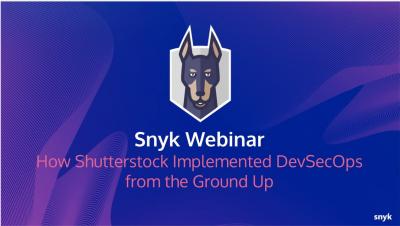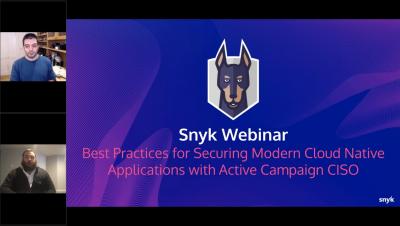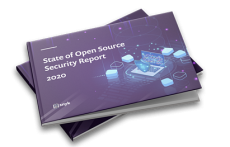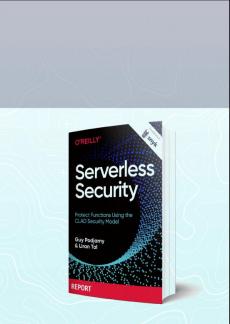Java configuration: how to prevent security misconfigurations
Java configuration is everywhere. With all the application frameworks that the Java ecosystem has, proper configuration is something that is overlooked easily. However, thinking about Java configuration can also end up in a security issue if it is done in the wrong way. We call this misconfiguration. Security misconfiguration is part of the infamous OWASP top 10 vulnerability list and has a prominent spot on place 6.













